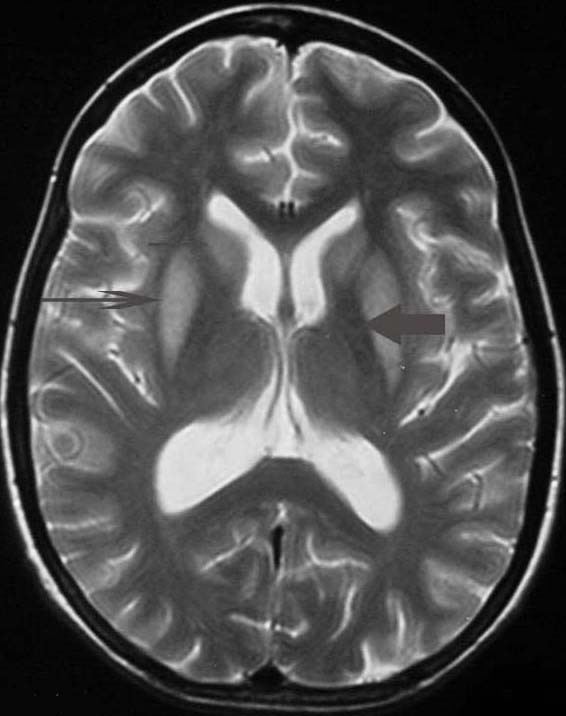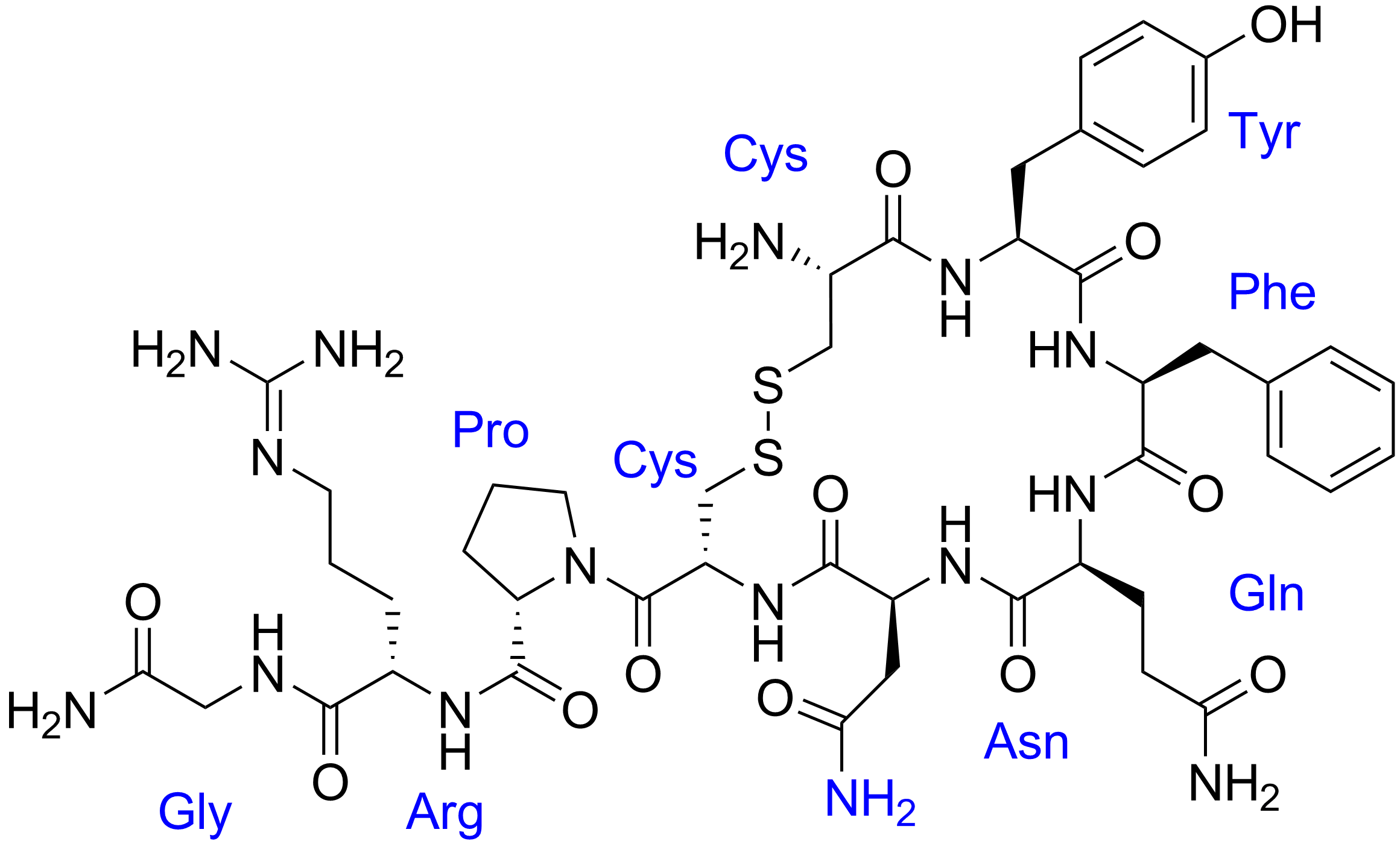|
Beer Potomania
Potomania (From Latin ''pōtō'' "I drink (liquor)" + mania) is a specific hypo-osmolality syndrome related to massive consumption of beer, which is poor in solutes and electrolytes. With little food or other sources of electrolytes, consumption of large amounts of beer or other dilute alcoholic drinks leads to electrolyte disturbances, where the body does not have enough nutrients known as electrolytes, namely sodium, potassium, and magnesium. The symptoms of potomania are similar to other causes of hyponatremia and include dizziness, muscular weakness, neurological impairment and seizures, all related to hyponatremia and hypokalaemia. While the symptoms of potomania are similar to other causes of hyponatremia and acute water intoxication, it should be considered an independent clinical entity because of its often chronic nature of onset, pathophysiology, and presentation of symptoms. Pathophysiology The normal human kidney, through suppression of anti-diuretic hormone, is norm ... [...More Info...] [...Related Items...] OR: [Wikipedia] [Google] [Baidu] |
Hyponatremia
Hyponatremia or hyponatraemia is a low concentration of sodium in the blood. It is generally defined as a sodium concentration of less than 135 mmol/L (135 mEq/L), with severe hyponatremia being below 120 mEq/L. Symptoms can be absent, mild or severe. Mild symptoms include a decreased ability to think, headaches, nausea, and poor balance. Severe symptoms include confusion, seizures, and coma; death can ensue. The causes of hyponatremia are typically classified by a person's body fluid status into low volume, normal volume, or high volume. Low volume hyponatremia can occur from diarrhea, vomiting, diuretics, and sweating. Normal volume hyponatremia is divided into cases with dilute urine and concentrated urine. Cases in which the urine is dilute include adrenal insufficiency, hypothyroidism, and drinking too much water or too much beer. Cases in which the urine is concentrated include syndrome of inappropriate antidiuretic hormone secretion (SIADH). High vo ... [...More Info...] [...Related Items...] OR: [Wikipedia] [Google] [Baidu] |
Hypokalaemia
Hypokalemia is a low level of potassium (K+) in the blood serum. Mild low potassium does not typically cause symptoms. Symptoms may include feeling tired, leg cramps, weakness, and constipation. Low potassium also increases the risk of an abnormal heart rhythm, which is often too slow and can cause cardiac arrest. Causes of hypokalemia include vomiting, diarrhea, medications like furosemide and steroids, dialysis, diabetes insipidus, hyperaldosteronism, hypomagnesemia, and not enough intake in the diet. Normal potassium levels are between 3.5 and 5.0 mmol/L (3.5 and 5.0 mEq/L) with levels below 3.5 mmol/L defined as hypokalemia. It is classified as severe when levels are less than 2.5 mmol/L. Low levels may also be suspected based on an electrocardiogram (ECG). Hyperkalemia is a high level of potassium in the blood serum. The speed at which potassium should be replaced depends on whether or not there are symptoms or abnormalities on an electrocardiogram. Potassi ... [...More Info...] [...Related Items...] OR: [Wikipedia] [Google] [Baidu] |
Primary Polydipsia
Primary polydipsia and psychogenic polydipsia are forms of polydipsia characterised by excessive fluid intake in the absence of physiological stimuli to drink. Psychogenic polydipsia which is caused by psychiatric disorders, often schizophrenia, is often accompanied by the sensation of dry mouth. Some forms of polydipsia are explicitly non-psychogenic. Primary polydipsia is a diagnosis of exclusion. Signs and symptoms Signs and symptoms of psychogenic polydipsia include: * Excessive thirst and xerostomia, leading to overconsumption of water * Hyponatraemia, causing headache, muscular weakness, twitching, confusion, vomiting, irritability etc., although this is only seen in 20–30% of cases. * Hypervolemia, leading to oedema, hypertension and weight gain (due to the kidneys being unable to filter the excess blood) in extreme episodes * Tonic-clonic seizure * Behavioural changes, including fluid-seeking behaviour; patients have been known to seek fluids from any available source, ... [...More Info...] [...Related Items...] OR: [Wikipedia] [Google] [Baidu] |
Hyponatremia
Hyponatremia or hyponatraemia is a low concentration of sodium in the blood. It is generally defined as a sodium concentration of less than 135 mmol/L (135 mEq/L), with severe hyponatremia being below 120 mEq/L. Symptoms can be absent, mild or severe. Mild symptoms include a decreased ability to think, headaches, nausea, and poor balance. Severe symptoms include confusion, seizures, and coma; death can ensue. The causes of hyponatremia are typically classified by a person's body fluid status into low volume, normal volume, or high volume. Low volume hyponatremia can occur from diarrhea, vomiting, diuretics, and sweating. Normal volume hyponatremia is divided into cases with dilute urine and concentrated urine. Cases in which the urine is dilute include adrenal insufficiency, hypothyroidism, and drinking too much water or too much beer. Cases in which the urine is concentrated include syndrome of inappropriate antidiuretic hormone secretion (SIADH). High vo ... [...More Info...] [...Related Items...] OR: [Wikipedia] [Google] [Baidu] |
Holiday Heart Syndrome
Holiday heart syndrome, also known as alcohol-induced atrial arrhythmias, is a syndrome defined by an irregular heartbeat associated with high levels of ethanol consumption. Holiday heart syndrome was discovered in 1978 when Philip Ettinger discovered the connection between arrythmia and alcohol consumption. It received its common name as it is associated with the binge drinking common during the holidays. It is unclear how common this syndrome is. 5-10% of cases of atrial fibrillation may be related to this condition. But it could be as high 63%. Etiology Cardiologists are unsure exactly what causes Holiday heart syndrome. The ingestion of alcohol may slow down the Cardiac conduction system, which is an important system for managing the Circulatory system. It may also shorten the refractory period of the atrium. Another possibility is that alcohol consumption increases the level of catecholamines, which increased the level of P-waves, and therefore the risk of arrythmia. A ... [...More Info...] [...Related Items...] OR: [Wikipedia] [Google] [Baidu] |
Central Pontine Myelinolysis
Central pontine myelinolysis is a neurological condition involving severe damage to the myelin sheath of nerve cells in the ''pons'' (an area of the brainstem). It is predominately iatrogenic (treatment-induced), and is characterized by acute paralysis, dysphagia (difficulty swallowing), dysarthria (difficulty speaking), and other neurological symptoms. Central pontine myelinolysis was first described as a disorder in 1959. The original paper described four cases with fatal outcomes, and the findings on autopsy. The disease was described as a disease of alcoholics and malnutrition. 'Central pontine' indicated the site of the lesion and 'myelinolysis' was used to emphasise that myelin was affected. The authors intentionally avoided the term 'demyelination' to describe the condition, in order to differentiate this condition from multiple sclerosis and other neuroinflammatory disorders. Since this original description, demyelination in other areas of the central nervous system asso ... [...More Info...] [...Related Items...] OR: [Wikipedia] [Google] [Baidu] |
Osmolality
Molality is a measure of the number of moles of solute in a solution corresponding to 1 kg or 1000 g of solvent. This contrasts with the definition of molarity which is based on a specified volume of solution. A commonly used unit for molality in chemistry is mol/ kg. A solution of concentration 1 mol/kg is also sometimes denoted as ''1 molal''. The unit ''mol/kg'' requires that molar mass be expressed in ''kg/mol'', instead of the usual ''g/mol'' or ''kg/kmol''. Definition The molality (''b''), of a solution is defined as the amount of substance (in moles) of solute, ''n''solute, divided by the mass (in kg) of the solvent, ''m''solvent: :b = \frac In the case of solutions with more than one solvent, molality can be defined for the mixed solvent considered as a pure pseudo-solvent. Instead of mole solute per kilogram solvent as in the binary case, units are defined as mole solute per kilogram mixed solvent. Origin The term ''molality'' is formed in analogy to ''mo ... [...More Info...] [...Related Items...] OR: [Wikipedia] [Google] [Baidu] |
Anti-diuretic Hormone
Human vasopressin, also called antidiuretic hormone (ADH), arginine vasopressin (AVP) or argipressin, is a hormone synthesized from the AVP gene as a peptide prohormone in neurons in the hypothalamus, and is converted to AVP. It then travels down the axon terminating in the posterior pituitary, and is released from vesicles into the circulation in response to extracellular fluid hypertonicity ( hyperosmolality). AVP has two primary functions. First, it increases the amount of solute-free water reabsorbed back into the circulation from the filtrate in the kidney tubules of the nephrons. Second, AVP constricts arterioles, which increases peripheral vascular resistance and raises arterial blood pressure. A third function is possible. Some AVP may be released directly into the brain from the hypothalamus, and may play an important role in social behavior, sexual motivation and pair bonding, and maternal responses to stress. Vasopressin induces differentiation of stem cell ... [...More Info...] [...Related Items...] OR: [Wikipedia] [Google] [Baidu] |
Kidney
The kidneys are two reddish-brown bean-shaped organs found in vertebrates. They are located on the left and right in the retroperitoneal space, and in adult humans are about in length. They receive blood from the paired renal arteries; blood exits into the paired renal veins. Each kidney is attached to a ureter, a tube that carries excreted urine to the bladder. The kidney participates in the control of the volume of various body fluids, fluid osmolality, acid–base balance, various electrolyte concentrations, and removal of toxins. Filtration occurs in the glomerulus: one-fifth of the blood volume that enters the kidneys is filtered. Examples of substances reabsorbed are solute-free water, sodium, bicarbonate, glucose, and amino acids. Examples of substances secreted are hydrogen, ammonium, potassium and uric acid. The nephron is the structural and functional unit of the kidney. Each adult human kidney contains around 1 million nephrons, while a mouse kidney contains on ... [...More Info...] [...Related Items...] OR: [Wikipedia] [Google] [Baidu] |
Water Intoxication
Water intoxication, also known as water poisoning, hyperhydration, overhydration, or water toxemia, is a potentially fatal disturbance in brain functions that results when the normal balance of electrolytes in the body is pushed outside safe limits by excessive water intake. Under normal circumstances, accidentally consuming too much water is exceptionally rare. Nearly all deaths related to water intoxication in normal individuals have resulted either from water-drinking contests, in which individuals attempt to consume large amounts of water, or from long bouts of exercise during which excessive amounts of fluid were consumed. In addition, water cure, a method of torture in which the victim is forced to consume excessive amounts of water, can cause water intoxication. Water, just like any other substance, can be considered a poison when over-consumed in a brief period of time. Water intoxication mostly occurs when water is being consumed in a high quantity without adequate ele ... [...More Info...] [...Related Items...] OR: [Wikipedia] [Google] [Baidu] |
Dizziness
Dizziness is an imprecise term that can refer to a sense of disorientation in space, vertigo, or lightheadedness. It can also refer to disequilibrium or a non-specific feeling, such as giddiness or foolishness. Dizziness is a common medical complaint, affecting 20-30% of persons. Dizziness is broken down into 4 main subtypes: vertigo (~25-50%), disequilibrium (less than ~15%), presyncope (less than ~15%), and nonspecific dizziness (~10%). * Vertigo is the sensation of spinning or having one's surroundings spin about them. Many people find vertigo very disturbing and often report associated nausea and vomiting. * Presyncope describes lightheadedness or feeling faint; the name relates to syncope, which is actually fainting. * Disequilibrium is the sensation of being off balance and is most often characterized by frequent falls in a specific direction. This condition is not often associated with nausea or vomiting. * Non-specific dizziness may be psychiatric in origin. It is ... [...More Info...] [...Related Items...] OR: [Wikipedia] [Google] [Baidu] |
Alcoholism
Alcoholism is, broadly, any drinking of alcohol (drug), alcohol that results in significant Mental health, mental or physical health problems. Because there is disagreement on the definition of the word ''alcoholism'', it is not a recognized diagnostic entity. Predominant diagnostic classifications are alcohol use disorder (DSM-5) or alcohol dependence (ICD-11); these are defined in their respective sources. Excessive alcohol use can damage all organ systems, but it particularly affects the brain, heart, liver, pancreas and immune system. Alcoholism can result in mental illness, delirium tremens, Wernicke–Korsakoff syndrome, Heart arrhythmia, irregular heartbeat, an impaired immune response, liver cirrhosis and alcohol and cancer, increased cancer risk. Drinking during pregnancy can result in fetal alcohol spectrum disorders. Women are generally more sensitive than men to the harmful effects of alcohol, primarily due to their smaller body weight, lower capacity to metaboli ... [...More Info...] [...Related Items...] OR: [Wikipedia] [Google] [Baidu] |




